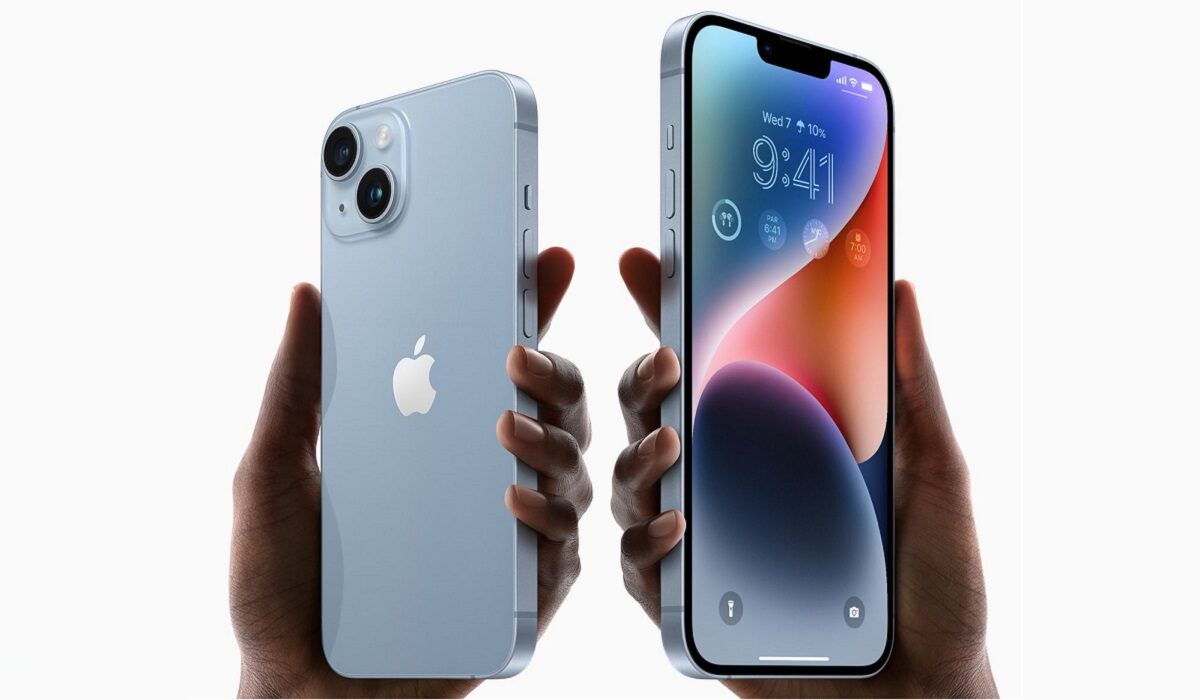Innovative, premium, expensive, simple, walled-garden, and sheeple. These are some popular words and phrases typically associated with Apple’s iPhone and its users. Since the device’s introduction in 2007, it has continually impacted the way we think of technology in an everyday context; likewise, how work and play is materialised. It is a name synonymous with smartphones for most. If that is a bold claim, it is harder to deny its impact on Apple’s profitability; and controversies surrounding its production in China.
However, this article is instead about articulating some insights from personal reflection and observations on individuals’ (i.e., existing and prospective customers) varying perceptions of Apple’s iPhone. Hence, I draw on my background and experiences in technology retail consultancy, and undertaking scholarly research on technology acceptance.

To engage the subject matter, imperative questions include: what is the nature of different clusters of various perceptions about iPhone? How do they materialise, and even differ? What might be some drivers underlying such variance?
The iPhone has unarguably impacted the mobile landscape, and has been visible in market publications and academic research. Though the typical claim of being the first smartphone is laughable, there is no denying that the Cupertino property significantly influenced our conception of the word ‘smartphone’. Towards its creation, amongst other efforts, Apple leveraged its design competencies and Steve Jobs unique approach to deliver quality user experience, which however inadvertently limited users’ freedom. A path that would become a serious bone of contention for mostly the Android-preference user. Understanding the views of such a cluster is hence important for iOS’ future, as Google’s mobile OS represents the only competition in the interim.
To further clarify, consider the iOS-preference user, who is committed to the platform and won’t consider switching. In such cases, typically, Apple’s lock-in, through the expanding ecosystem is mainly a key influence. Android-preference users on the other side, who won’t consider iPhones, are typically due to lack of user freedom to personalise, and price-to-value ratio due to a wider pool of devices to choose from. Interestingly, some in this cluster might have owned an iPhone previously.
In contrast to the above clusters, there are the existing Android users, who consider the iPhone due to the impact of social influences – still mostly driven by the ecosystem effect. For instance, Yomi might be influenced by the convenience of iMessaging contacts; or perhaps have acquired an iPad from work, which integrates better with an iPhone.
Besides the major influences of the varying perceptions submitted thus far, other rationalizations are apparently involved. Personally, while I find that the ecosystem lock-in effect is significantly at play in my case, other rather fringe justifications also constitute my reasoning.
On a related note, I find the justifications based solely on price-to-value ratio a bit myopic, as it neglects related intangibles. Consider the difference in amount that can be realized when selling your used iPhone; the guaranteed and useful future software update longevity enjoyed during use lifecycle; even the conveniences of a simpler and consistent user interface and experience in typical everyday use.
With the above in mind, I’ll attempt to be explicit in answering the questions posed earlier. Realistically, the nature of all the varying perceptions can’t be apprehended. However, three clusters can inform the idea. That is, the iOS-preference user, Android-preference user, and pragmatic user – like Yomi in the example above. These clusters reflect the segmentation within the dual arrangement of the current smartphone landscape.
Secondly, key themes can describe the materialization of the various perceptions, at least at a crude, yet intelligible level. Of these, ecosystem effect and social influences appear to have prominent explanatory powers. These constructs have also seen developments in information systems research in the past two decades, which are beyond the scope of this article.
Finally, good old value is additionally influential on the variations of perceptions. I opine however, that it is more of a subjective moderator, as opposed to an objectively definable entity in this case. Earlier, I have argued that solely price-to-value ratio justifications are myopic, due to mainly neglecting intangibles.
While it has been interesting to ponder this subject, I highly value your anticipated contributions through the comments. What are you? An iOS-preference, Android-preference, or pragmatic user? Why do you identify as such? Is the segmentation even valid? I’ll leave it to your scrutiny.
- Don’t miss our mobile phone reviews.
- Follow our news on Google News.
- Join our WhatsApp Group, to be notified of the most important articles and deals,
- Follow us on Instagram, Facebook, Twitter, and YouTube.